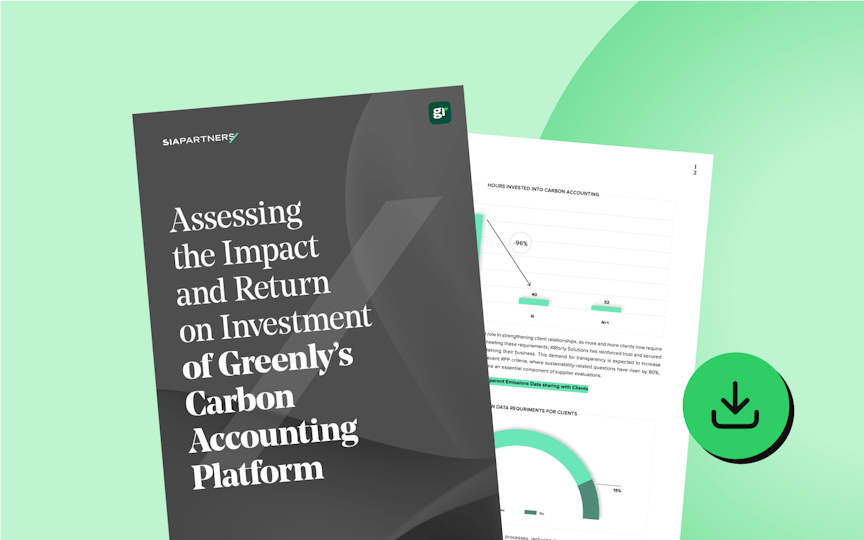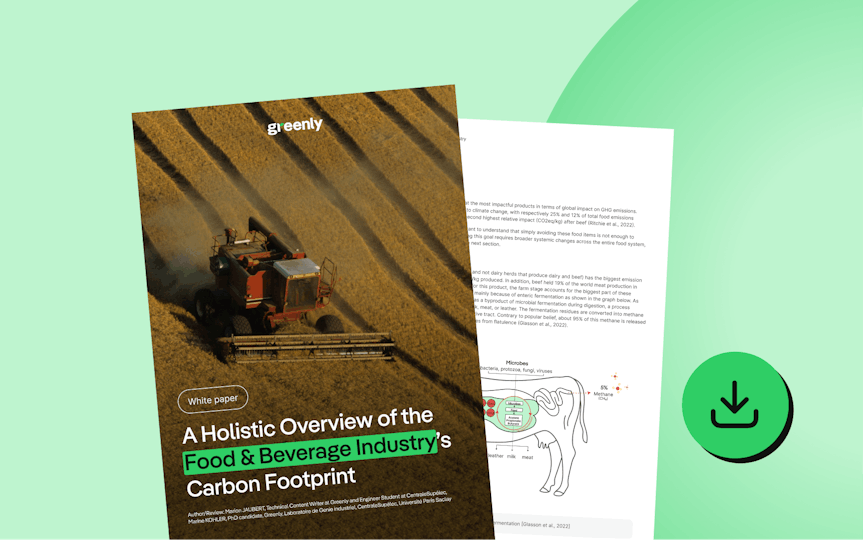
Greenly's 2024 ESG Report
Discover how Greenly is democratising decarbonisation for 3,500+ companies worldwide. And we're not just measuring carbon, we're building the smartest, most precise sustainability suite while maintaining our own lean footprint and fostering an inclusive, purpose-driven team.









